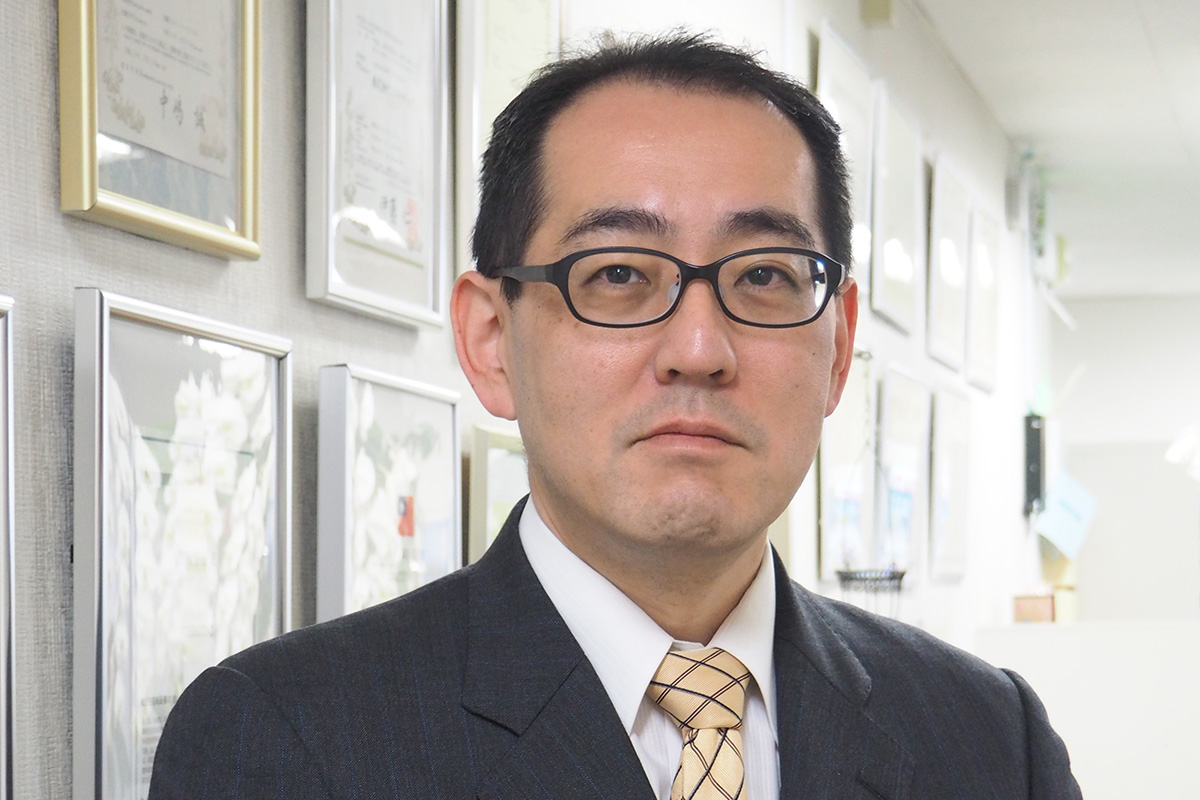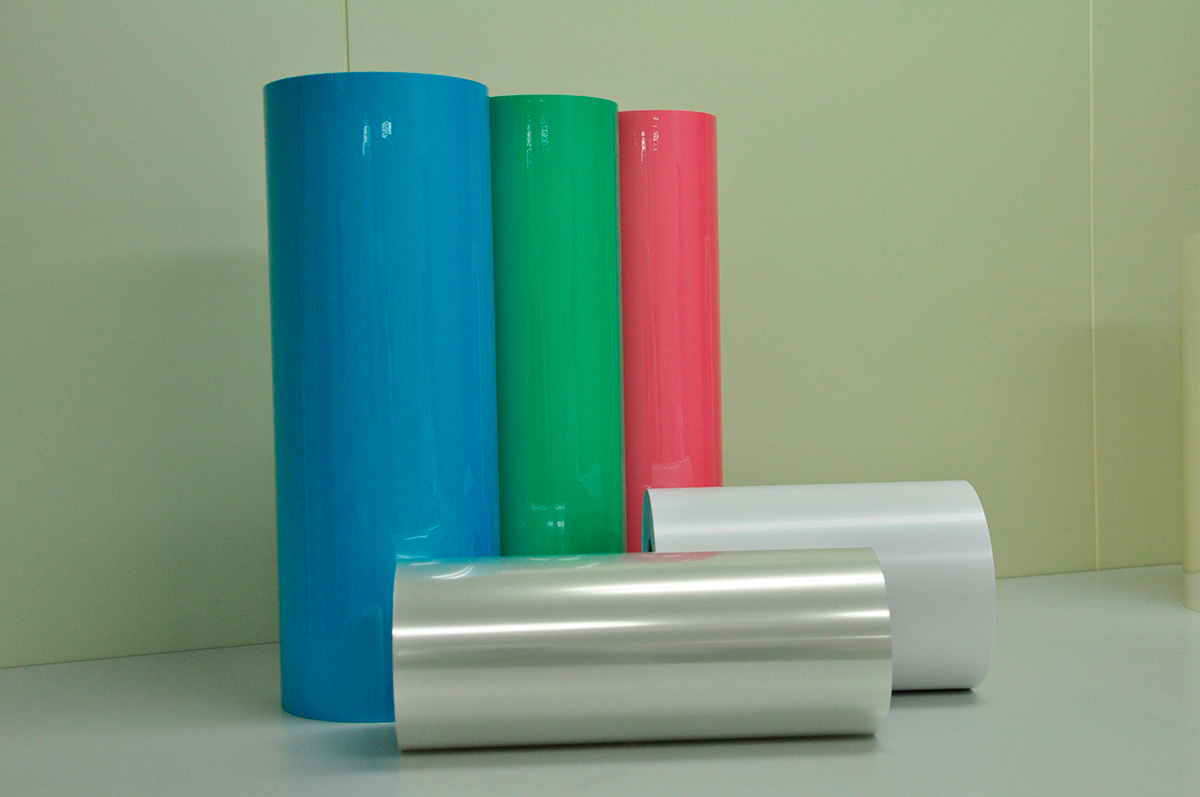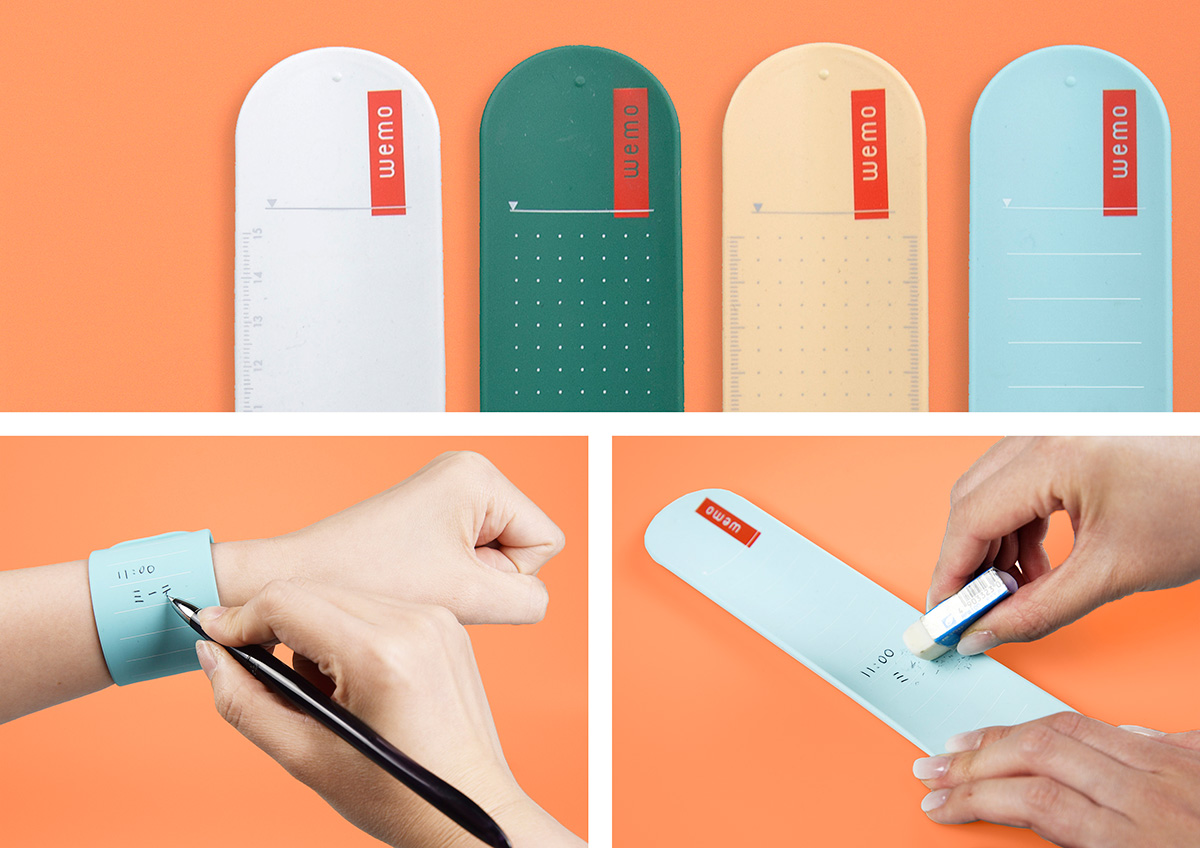Explore how Cosmotec, a Japanese manufacturing leader known for its innovative adhesive technologies, has maintained its niche B2B leadership amidst fierce regional competition Dive into their journey from providing essential parts and components to pioneering products like the Wemo band and discover their unexpected success stories. Gain insights into their international business strategy, aspirations, and their unique approach to fostering customer intimacy. Experience the world of Cosmotec, where adhesive innovation, quality, and customer-centricity drive their path to success.

Over the last 30 years, Japan has witnessed the emergence of regional manufacturing competitors from countries such as Korea, China, and Taiwan. These competitors have replicated the Japanese monozukuri process, but have done so at lower labor costs, which has driven Japan out of mass markets. Nevertheless, Japanese firms continue to excel as leaders in niche B2B fields. How have Japanese firms managed to maintain their leadership despite stiff regional competition?
Looking back at Japan's history, the nation experienced rapid economic growth fueled by imported technology from the US and a significant population boom. Japan gained international competitiveness in finished goods due to its low labor costs. However, China, Korea, and Taiwan have since surpassed Japan in terms of cheaper production costs, and their technologies have advanced to produce products of equivalent quality.
Japan still holds strength in providing parts and components, especially those essential for products like iPhones. Moreover, in the realm of product development, Japan hosts companies with unique technologies, products, and materials integrated into its supply chain. Collaborating with these companies allows us to create innovative products that we can offer to our clients.
Our primary customers have been Chinese companies, given China's competitiveness in product assembly. The dynamics of the supply chain strengths differ between China and Japan. In China, the upper supply chain purchasers wield more power, whereas in Japan, it's more of a horizontal partnership concept. Japanese companies prioritize "monozukuri" (craftsmanship) and attention to detail. While this approach can be both a strength and a weakness, it highlights the cultural nuances influencing supply chain strategies.
Japan has the ability to create unique cutting-edge technologies and products. An example of this is your urethane protective film which you developed in 2009. This achievement was made possible in response to a request from a touch panel manufacturer, who specified criteria such as no adhesive residue and adhesive stability. How did you navigate the challenges during the development process to fulfill these specific requirements set by your customer?
When we are developing new products, there are two things we focus on. One is elevating the technology and creating a new product. The second is assessing if the customers are able to appreciate the value of the technology. We first developed this product for a Japanese customer called Epson. At the time, they were also a touch panel manufacturer. They requested us to make an adhesive film that would not have any residue since they were having residue issues. It took us two years to successfully develop the product. This was a nonexistent product, so we had several hundred experiments before deciding on the best combination. It was a process of creating a prototype for the client and then the client tested and evaluated the prototypes. Apart from creating hundreds of prototypes during product development, the key to the success of this product is the cooperation of the client in offering their evaluation. After developing the product, Epson changed their process, so they no longer needed the film.
We did not waste this product so through an agency, we contacted a Taiwanese manufacturer. At the time, we did not know that Taiwanese compoany had adopted our product to make their iPads. The demand grew. It was an unexpected success. If Epson had not changed its manufacturing process and kept using our film, we would not have expanded into a new market. Even though we can create unique products, we sometimes lack the ability to expand to the global market.

Your products are used in a wide variety of applications such as electronics, automotive, and B2C applications. Are there any specific applications you are focusing on or are there other fields you would like to introduce your products to?
Our strategic approach is to streamline our technology focus while expanding its application. In 2008, during the Lehman Shock, 98% of our business centered around display technology. The impact was substantial on us and many other Japanese display manufacturers. It was during this challenging period that I assumed the role of president. My initial task was to make the company more efficient and compact.
Concurrently, I sought to diversify the application of our existing technologies. I recognized the potential in the semiconductor and electronic industries. Since then, we have remained flexible and responsive to the evolving needs of various industries. The semiconductor and electronic components sector is vast, and we also directed our attention to business-to-consumer (B2C) applications. This led us to provide films to a wide range of sectors, including dairy farms, the medical industry, and law enforcement, where our films were used for taking fingerprints and footprints. Functional films offer a broad spectrum of applications.
However, our challenge lies in identifying how these films can be effectively utilized in specific industries. We have to explore and approach these markets proactively. We welcome opportunities for innovation and change, yet we have not been actively reaching out to overseas companies in these new markets currently.
I believe that we are the world's smallest functional film company with its own brand. Our strategic approach is centered on niche markets. Nitto Denko, the largest excellent Japanese functional film manufacturer, shares customers with us in the electronics industry. They cater to customers with high-volume production needs, but there are specific products that demand low-volume production, and that's where we excel. Low-volume production can often face challenges in gaining approval within larger corporations due to their limited profitability.
Our business strategy is centered on niche fields that demand advanced technologies but low-volume production. While large companies like Nitto Denko possess advanced technologies and the capacity for mass production, we address the specific needs of products with lower production volumes. In contrast, overseas competitors from Taiwan and China may excel in mass production, but their products often lag in terms of quality and technology. Our commitment is to deliver high-quality, technologically advanced solutions to meet the specific needs of niche markets.
With the significant developments in the semiconductor industry, we've seen Toyota's production being hampered by a shortage of semiconductor chips, prompting both government and private sector initiatives to boost production capacity. Notably, TSMC is establishing its first overseas factory with local partners like Sony and Kumamoto, and Rapidus is opening a new fab focusing on a 2 nm node in Hokkaido. In the United States, the CHIPS Act is injecting substantial investments into the sector, and Intel is constructing new fabs in Idaho and Arizona. Given these macro trends and substantial investments, do you anticipate any trickle-down benefits for your niche firm? Where do you envision your services being most in demand in this evolving landscape of the semiconductor industry?
In terms of specific product applications, it can be challenging to pinpoint where our products are needed the most. In industries where product applications are well-understood, there is often intense competition, making it difficult to secure business. For instance, the semiconductor industry is akin to a large pond where numerous companies vie for business opportunities. Therefore, we concentrate on identifying niche applications where we can introduce our products and technologies.
Our approach is to leverage customer intimacy, recognizing that customers possess valuable insights into the hidden needs within the market. By fostering close relationships with our customers, we gain access to these concealed opportunities. We have chosen to prioritize customer intimacy over product leadership. Our policy is to adopt a horizontal approach, collaborating closely with our customers to develop products that cater to their specific needs.
Are you looking to partner with overseas firms as a way to further penetrate the semiconductor field? Are there any other applications you are interested in?
We continuously seek partnerships, especially given the increased investments resulting from the US-China decoupling. Our focus remains on both the US and Chinese markets. We have Chinese employees, and as part of our strategy, we plan to visit China in November. Establishing direct partnerships between Japanese and Chinese companies is challenging. Therefore, having a local agent as a bridge becomes critical. In our international business efforts, understanding both language and culture is vital. We aim to bridge these cultural gaps through collaboration with experienced agents, facilitating smoother and more effective partnerships.
Apart from your B2B operations, you've expanded into the B2C market with products like Wemo, an erasable memo pad, and Suhada Seal, a skin blemish cover. Given your expertise in the B2B sector, what inspired you to venture into the B2C market? Additionally, what strategies do you have in place to promote and grow your B2C products?
Many SMEs primarily focused on B2B markets often seek diversification and expansion into B2C markets. Our motivation for entering the B2C space was driven by the desire to expand the applications of our products.
Take, for instance, our product Wemo. To expand our technologies’ application, we have actively participated in various idea competitions. The Tokyo government hosted a competition that sought collaboration between designers and SMEs to create innovative products. Initially, we possessed adhesive technology for the skin. During these competitions, a design company proposed applying stickers directly into the skin as memo pads. Although cost constraints prevented us from creating skin sticker memo pads, we adapted the idea into a wristband form. At that time, our intention was not to enter the B2C market. Leveraging our surface treatment adhesive technology, we transformed it into a Wemo band, which we subsequently launched. We did not anticipate significant success, but the product gained immense popularity, and we have already sold 1 million units. This unexpected success revealed unforeseen business opportunities in the B2C sector. It's essential to note that our journey to this success involved numerous failures—over 1,000 attempts—that ultimately led to our breakthrough.

You have been in China since 2002, are there any other regions you have identified for further expansion and what strategies are you looking to employ to achieve that? Can you please elaborate more on your international business strategy?
Our primary focus is on the semiconductor and electronic components industry. While the dominant market is currently in China and Taiwan, there is a noticeable shift towards the ASEAN region. In response to this trend, we intend to expand our presence in the ASEAN region. Subsequently, we also see potential in the Indian and African markets.
For our B2B operations, our target regions include Japan, China, Taiwan, and the ASEAN region. Wemo, on the other hand, is positioned as a luxury high-end stationary product, and our focus markets for it are Japan, Taiwan, and Europe. In January, we are planning to participate in exhibitions in Paris and Frankfurt, actively seeking opportunities in countries where our products are in demand.
If we were to revisit you on the final day of your presidency for another interview, what specific goals and dreams would you hope to have achieved by that time?
I have a very simple dream. In life, each of us is a part of a family and a community, and for me, that community is our company. At the end of my presidency, my greatest wish is to be able to reflect with joy, alongside my family and our company, on the happy experiences we've shared. Additionally, I hope to leave a positive and enduring impact on the lives of others and be fondly remembered.
0 COMMENTS